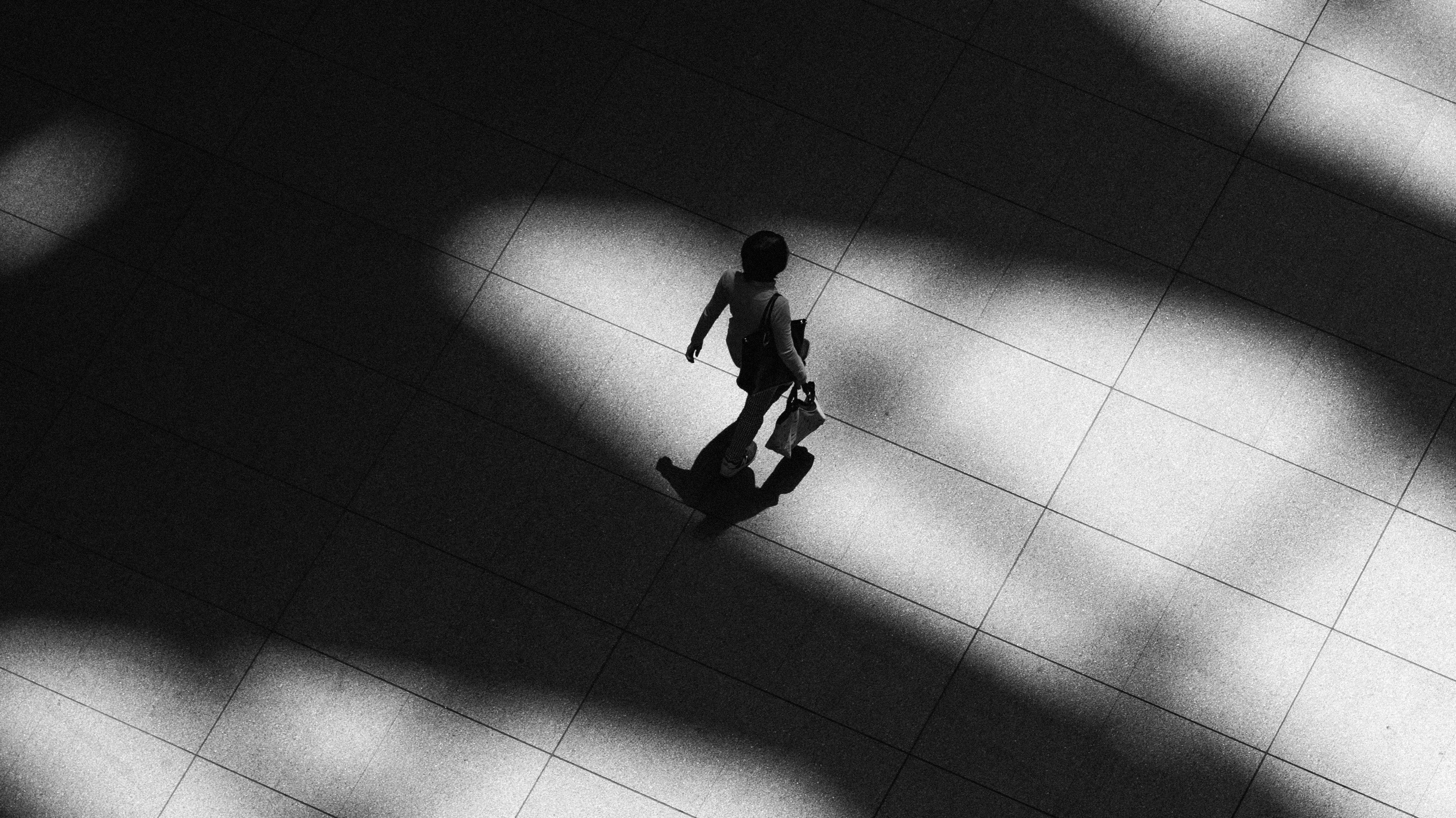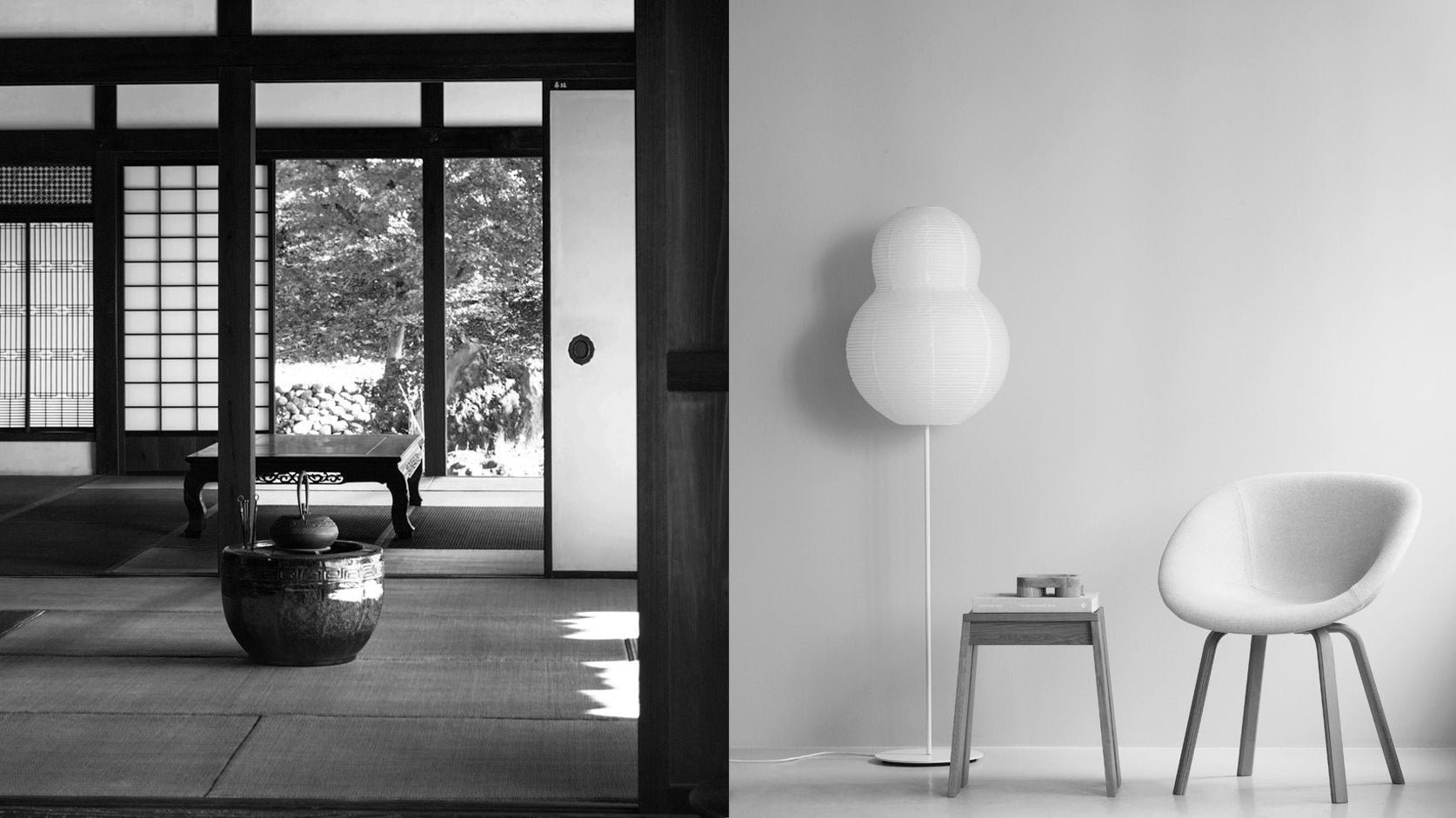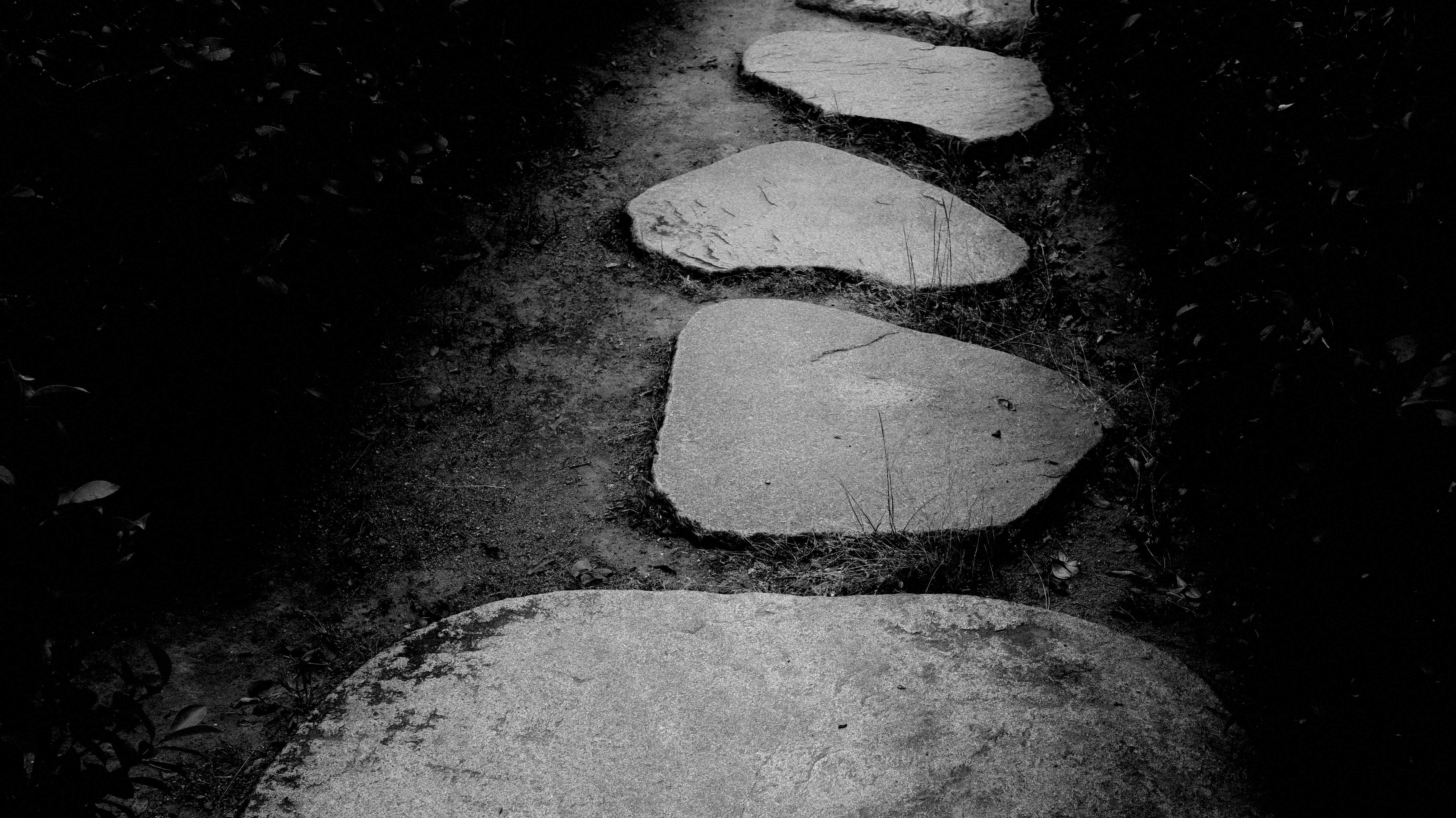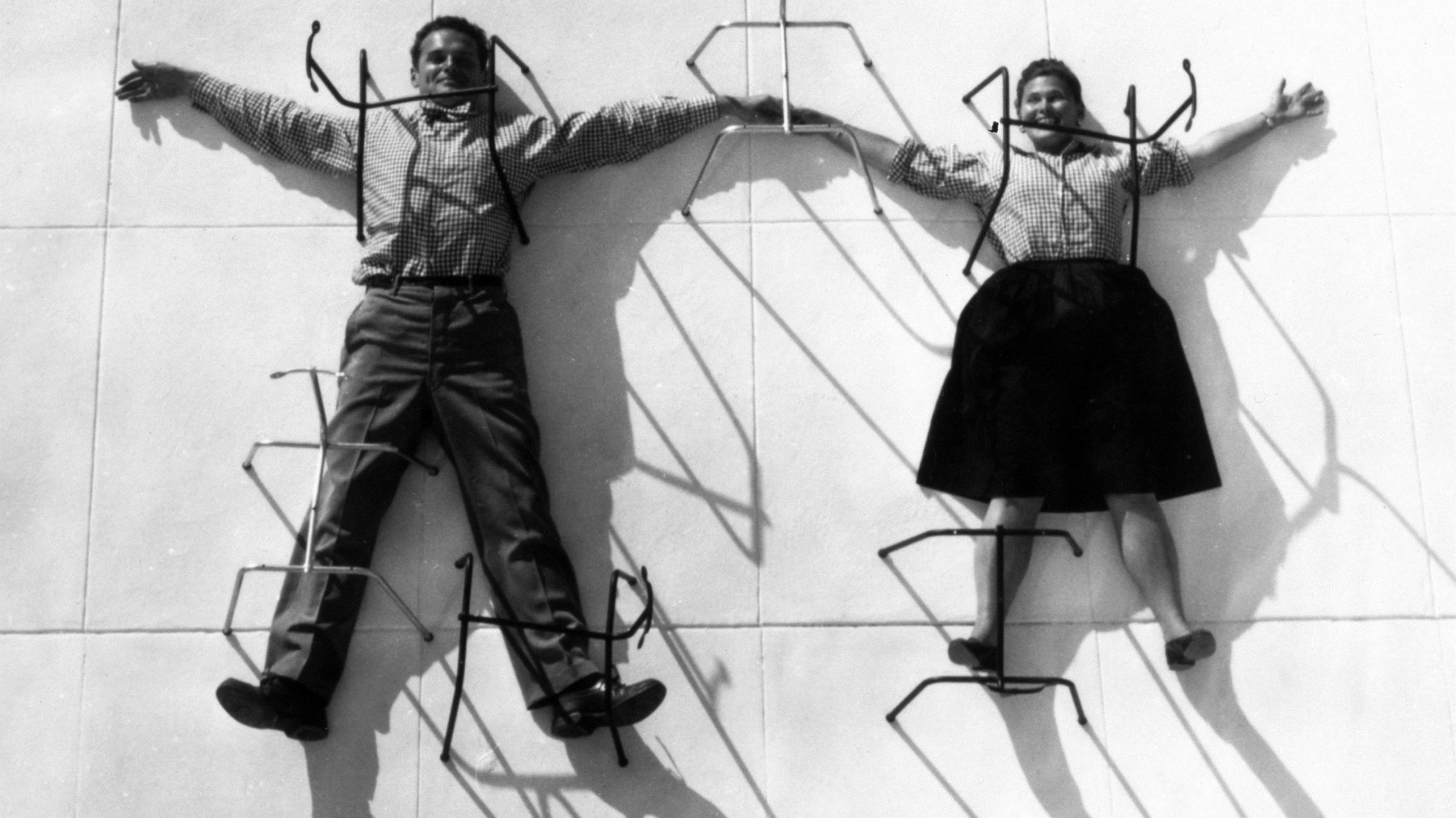When people talk about Wabi Sabi, they often describe it as “the beauty of imperfection.” But that’s just the beginning. Behind this idea lies a set of Zen-inspired principles that have shaped Japanese art, design, and everyday life for centuries.
In this article, we’ll explore seven core concepts that help define Wabi Sabi. Each principle reflects a fundamental value in Japanese aesthetics. Together, they offer a quiet yet powerful way of understanding and appreciating the world.
1. Fukinsei (不均斉): Finding Beauty in Asymmetry
Let’s begin with the first principle: Fukinsei, which means asymmetry or irregularity.
In many cultures, symmetry is associated with beauty, balance, and perfection. We’re often taught to seek clean lines, even proportions, and polished finishes.
But in Zen aesthetics, true beauty lies not in symmetry, but in its intentional disruption. Zen finds meaning in imbalance, believing that perfection marks an end—a completed state with no room left for change or growth.
Fukinsei quietly questions that belief. It invites us to find beauty in things that are irregular, incomplete, or slightly off-center. This perspective has deeply influenced Japanese art and design.
In nature, nothing is ever perfectly symmetrical. A tree’s branches grow unevenly. Rivers twist and turn instead of flowing straight. Yet we still perceive harmony in their forms. Asymmetry mirrors the natural world, where beauty emerges from unpredictability.
In Zen thought, Fukinsei also suggests that imperfection invites engagement. When something is slightly off or unfinished, it captures our attention. It sparks curiosity and leaves space for interpretation.
In this way, asymmetry reveals the artist’s philosophy and humanity—not by hiding flaws, but by embracing them.
You can see Fukinsei in many traditional Japanese arts: the uneven lip of a tea bowl, a rock garden where stones seem casually placed but are deeply considered, or a flower arrangement that leans gently to one side.
These irregularities are not mistakes. They are deliberate choices that add depth, character, and quiet tension.
Instead of imposing order, Fukinsei welcomes the organic, the unexpected, and the imperfect as essential elements of beauty.
2. Kanso (簡素): Simplicity as a Path to Essence
The second principle is Kanso, which means simplicity or the elimination of clutter.
At its heart, Kanso is not about minimalism as a style, but as a way of thinking. It encourages us to strip away the unnecessary in order to reveal the essence of something. What remains should feel clear, purposeful, and honest.
As Dr. Koichi Kawana once said, “Simplicity means the achievement of maximum effect with minimum means.”
We can find this idea reflected in the Japanese Zen garden—composed only of rocks, white gravel, and perhaps a bit of moss. This pared-down expression captures the quiet beauty of Zen.
The creation of a Zen garden is guided by the act of reduction. Elements are carefully chosen, and anything non-essential is left out to maintain clarity and stillness. Only then does the garden take its true form. Even the materials themselves are left in their natural, unrefined state.
We also see the spirit of Kanso in traditional ink painting. While many painting traditions use layers of color to build complexity, ink wash painting relies on subtle shifts in black ink to express a full range of tones.
There is a saying: “Ink holds five colors.” This refers to the richness that can be achieved through variations in tone and intensity.
Zen teaches that simplicity is not emptiness. It creates space for presence, clarity, and awareness.
Kanso is not about making something look plain—it is about removing distraction so that the true nature of a thing can be felt more deeply.
3. Kōko (考古): Appreciating Age, Time, and Quiet Strength
The third principle is Kōko, which can be translated as austere beauty, or more literally, the beauty of the ancient and weathered.
The word combines the ideas of reflection and age. It expresses a deep appreciation for things that carry the quiet dignity of time.
Kōko values organic materials, imperfect forms, and rustic textures. It encourages us to see beauty in rawness and transience, in surfaces marked by use, in objects that tell their history through wear.
In Japanese aesthetics, beauty is not always found in what is new or flawless. Often, it reveals itself in what has aged with grace.
A cracked tea bowl, an old wooden post worn smooth by touch, or faded ink on parchment are not considered broken. They are cherished for their depth, their memory, and their quiet strength.
Kōko is also connected to restraint and modesty. Nothing needs to be added to what already holds presence. Its beauty is inward, subtle, and contemplative.
This principle reminds us that aging is not decay. It is transformation. It asks us to honor what endures and to see time not as something to be feared but as something that enriches.
Kōko invites us to notice the richness in what has lasted. It is a form of beauty that reveals itself only when we slow down enough to truly see.
4. Shizen (自然): Letting Things Be as They Are
The fourth principle is Shizen, which means naturalness or the absence of pretense.
At its core, Shizen values things that feel organic, effortless, and unforced. It reminds us that beauty arises most clearly when something is allowed to be as it is, without artificiality or exaggeration.
In Japanese aesthetics, Shizen does not mean wild or untamed. It refers to a natural quality that emerges from harmony and intention. It is the kind of beauty that feels honest, quiet, and balanced.
You can see Shizen in the way a flower leans toward the light, or in a handmade object that carries the imprint of its maker’s touch. It also appears in traditional architecture, where buildings are designed to blend with their surroundings rather than stand apart from them.
In Zen practice, Shizen reflects the idea that the most meaningful expressions often come from letting go of control. Instead of trying to perfect every detail, we allow things to unfold in their own rhythm.
Shizen teaches us that authenticity is more powerful than perfection. It invites us to step back, loosen our grip, and trust in the quiet beauty of things simply being as they are.
As Sōetsu Yanagi, founder of the Mingei movement, once wrote,
"What must be avoided at all costs is dishonest, distorted, and ornate work. What must be sought is the natural, direct, simple, sturdy, and safe."
5. Shizen (自然): Aesthetic Depth Beyond What Is Seen
The fifth principle is Yūgen, often translated as profound mystery or hidden depth.
Originally, the term described subtle and profound states of philosophical insight or Buddhist awakening. Over time, in Japan, it evolved into an aesthetic concept.
Yūgen refers to a kind of beauty that is not obvious or easily explained. It is an elusive quality that exists in the realm of the unknown and the undefined, evoking a sense of awe, wonder, and deep contemplation. It is the kind of beauty that stirs something within us, even if we cannot fully describe why.
It is a subtle and deeply felt emotion, similar to the quiet melancholy or gentle sorrow one might experience on an autumn evening. This feeling lingers and gradually spreads, like an aftertaste or a soft echo of emotion.
Yūgen suggests that what is hidden or only partially revealed can be more powerful than what is fully shown. It values suggestion over explanation and depth over surface.
In Japanese aesthetics, Yūgen appears in a distant mountain half veiled by mist, in the fading sound of a temple bell, or in the moonlight reflected on a still pond. It is not the object itself but the emotion it leaves behind.
Within this aesthetic, Yūgen is also linked to the spiritual and transcendent aspects of beauty, those that surpass ordinary understanding. It is expressed through symbols, metaphors, and subtle allusions, creating a sense of mystery and poetic ambiguity.
6. Datsuzoku (脱俗): Stepping Outside the Ordinary
The sixth principle is Datsuzoku, which can be translated as freedom from convention or escape from the ordinary.
At its core, Datsuzoku is about breaking free from habitual thinking and predictable patterns. It encourages spontaneity, playfulness, and creativity, qualities that open space for fresh perspective and quiet surprise.
In traditional Japanese aesthetics, Datsuzoku is not about rebellion for its own sake. It is a gentle departure from expectation, a reminder that beauty can emerge when we let go of rigid structures and allow room for the unexpected.
This principle has continued to inspire contemporary artists and designers, encouraging them to challenge tradition and create works that feel fresh, unconventional, and original. In fashion, for example, many designers embrace Datsuzoku to break away from industry norms and craft pieces that are bold, expressive, and deeply personal.
In Zen thought, Datsuzoku also reflects a deeper kind of freedom, the moment when we stop striving and simply experience things as they are. It invites us to move away from control and routine, allowing intuition and natural flow to guide the way.
Datsuzoku is a form of creative openness. It is a space where structure softens, form becomes flexible, and rules give way to discovery.
It reminds us that beauty is not always found by following tradition but sometimes by quietly stepping beyond it.
Seijaku (静寂): The Quiet That Holds Everything
The seventh and final principle is Seijaku, which can be translated as stillness, tranquility, or inner silence. It refers to finding a sense of calm amidst the noise and chaos of life.
Seijaku is not simply the absence of sound or motion. It is a state of quiet alertness, an inner calm that holds energy rather than emptiness.
In Zen, Seijaku is not just a peaceful mood. It is the spacious awareness cultivated in meditation, the silence in which thoughts settle and clarity emerges. It is the presence that allows us to move through life with calm precision and quiet attention.
Unlike Ma, which describes the space between things, Seijaku is more inward. It is not about external intervals but about the atmosphere of peace that allows meaning to arise, like the stillness of meditation where silence is not empty but full of presence.
Seijaku is closely associated with the beauty of simplicity, silence, and solitude. It reminds us that stillness is not an escape from the world but a deeper way of being within it.
In a world filled with noise, distraction, and speed, choosing stillness becomes a quiet form of resistance. It invites us to rest, to listen, and to simply be.
Seijaku is not only a physical state but also a mental and spiritual one. It is the ability to remain centered and calm, even in the midst of busyness or uncertainty.
In nature, Seijaku can be felt in the calmness of a still lake, the silence of a forest, or the quiet that settles during a storm. It is the kind of calm that remains, even in adversity.
True stillness is not passive. It is attentive, grounded, and quietly powerful.
Read More Design Articles:
• How Japanese Everyday Objects Reflect Beauty and Craftsmanship
• 8 Japanese Aesthetics That Might Change How You See Beauty
• What is Wabi Sabi? Embracing the Beauty of Imperfection
• Ma: The Japanese Aesthetic of Negative Space and Time
About Us
Dans Le Gris is a brand that began with everyday jewelry, with each handmade piece designed and crafted in Taiwan. We deeply value every detail, dedicating ourselves to creating timeless pieces through collaboration with experienced craftsmen.
In our journal, we provide irregular updates featuring articles about art, culture, and design. Our curated content encompasses diverse aspects of life, with the aspiration to offer meaningful insights and inspiration.
Shop Now
↪ Follow us for more updates: YouTube | Instagram






